I never really thought I’d be resorting to “potty” talk for a Permaculture Blog. But…here goes…
The more I have considered and evaluated the value of Urine in Permaculture design of late, the more I felt that it was under discussed and planned for. Urine is thought of as a waste product generally. But…in Permaculture…”the problem is the solution”!
Most people know that plants need three primary nutrients to grow. Nitrogen, Phosphorous, and Potassium.
 In our modern, pampered world with indoor plumbing, the thought of Urine being good for anything other than waste might seem less than pleasant. But the fact is that Urine is a great fertilizer containing Nitrogen, Potassium, and Phosphorous. Urine is especially high in Nitrogen. A liter bottle of Urine contains a gram of Phosphorous, 2 grams of Potassium, and 10 Grams of Nitrogen in addition to other minerals. Technically, according to a study in the Journal of Agriculture and Food Chemistry, the NPK value for Urine as a fertilizer is 15/2/5.
In our modern, pampered world with indoor plumbing, the thought of Urine being good for anything other than waste might seem less than pleasant. But the fact is that Urine is a great fertilizer containing Nitrogen, Potassium, and Phosphorous. Urine is especially high in Nitrogen. A liter bottle of Urine contains a gram of Phosphorous, 2 grams of Potassium, and 10 Grams of Nitrogen in addition to other minerals. Technically, according to a study in the Journal of Agriculture and Food Chemistry, the NPK value for Urine as a fertilizer is 15/2/5.
Being filtered by the kidneys, pure human urine contains very few enteric (intestinal) microorganisms and thus has almost no bad microorganisms. Unless the person has an urinary tract infection, Urine is almost perfectly sterile. Without getting too deep into soil biology the NPK ions from Urine are directly plant-available; for example, the phosphate plant availability from urine has been demonstrated to be as good or better than that of chemical phosphate. This means the plants can use the nutrients in urine readily.
1.3 Liters of Urine per day per person annualized meets the Nitrogen requirements for a 50′ x 110′ area of crop . The average healthy adult produces between 1 and 1.5 liters per day. Utilizing this byproduct of food is like the ultimate recycling. Left over Nitrogen from the plants we eat can and should be placed back into the plants we grow. Produce no waste.
In his outstanding book The Resilient Farm and Homestead, Ben Falk states “Urine is one of the most valuable resources generated on the homestead, and no human habitat firing on all cylinders would waste much of it” (p.107) . The book has a full discussion of the value of Urine and Humanure.
Link to Ben Falk’s book:
The Resilient Farm and Homestead: An Innovative Permaculture and Whole Systems Design Approach
So, if Urine is such a great resource (it has been determined that the urine of one adult has between 50 and 100% of the minerals for growing the food needed to feed that same adult) , how do we go about using it?
My interest in this subject came from the knowledge that urine is high in Nitrogen and that plants love nitrogen. In Permaculture we plant sacrificial plants with other plants just to act as nursemaid’s to the desired productive plant. More often than not, the benefit these nurse plants bring the productive plant is their ability to fix nitrogen in the soil. So….on my near daily early morning jaunt to check on the chickens, I came to notice one day early last spring the sickly looking Goji Berry plant (Lycium barbarum) that, while surviving it’s neighbor plant last winter, seemed sickly and frail….a single thin, dried out wisp of the bush it should have been. So…The Goji became my personal a.m. urinal. Observation and interaction were on!
Here are photos from this after noon (11.19.2018). Wish I had a “before” photo…
While it is fairly easy for me to “return my Nitrogen” to the plants in my rural setting, out of sight of neighbors, playgrounds, and so forth… it may not be the case for you. Urine can be collected various ways, mixed with water 1 to 5 or 6 and distributed through a watering can…and no one will be the wiser. Milk jugs, gallon size mayonnaise containers and empty kitty litter containers all could work for collection. When I was a child we would visit my grandparents, who had an outhouse and no indoor plumbing. To avoid the walk to the outhouse in freezing weather we used what was termed the “slop jar”. The slop jars were used for both urine and feces, but could be relegated to Urine only use for the purpose of recycling Nitrogen into the system.
The device shown below (with link) can be employed to facilitate urine processing for ladies. It is a popular device with female backpackers….ask my wife!
And if the idea of utilizing Urine around the homestead seems unappealing to you, consider pouring it onto the compost pile where it can build the nitrogen value of your compost.
It is important to note that Urine needs to be utilized within 24 hours of collection as it will break down into a higher concentrate of ammonia. This ammonia rich urine also smells whereas fresh urine has little odor. And…urine should not be applied in one spot as it is also high in salts and will kill good microbes if too concentrated. Urine, while high in Nitrogen is lacking in macro and trace minerals. This can be remedied by the addition of hardwood ash to make a potash fertilizer. The very first patent in the United States was for an organic fertilizer made from the ashes of burnt trees. This fertilizer was exported from the United States to Great Britain in such high demand that the era was dubbed “potash fever”. How to make potash fertilizer:
Urine is a great fertilizer that is an automatic benefit of biology. In a Permaculture focused system, we try to produce no waste, and we try to take problems and turn them into solutions. By observation we see that plants will produce higher yields with proper nutrients. It is preferred in Permaculture Design that the fewest number of inputs possible be required by the system (inputs such as purchased, petroleum based fertilizers). Water usage decreases by as much as 20 gallons daily as flushing urine into septic systems ceases. For those paying for the input of water this could add up. Composting toilets systems like this one:
Nature’s Head Dry Composting Toilet / Standard Crank Handle
…can be used to separate Urine into a container for use as a fertilizer.
Give it a try…observe the results… pee on your plants and watch them grow!




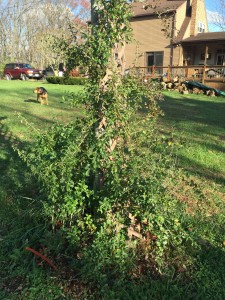
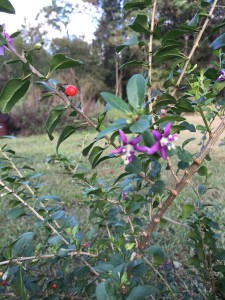
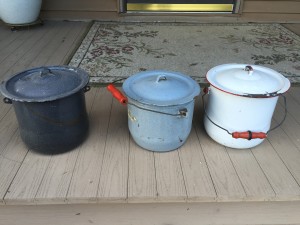


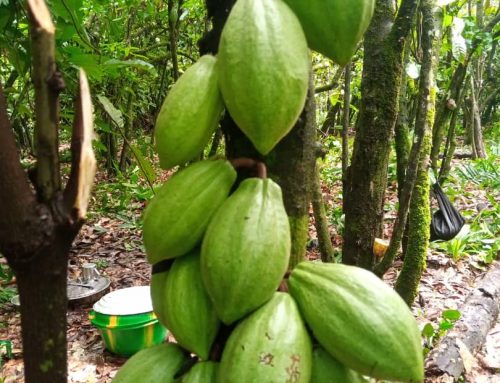
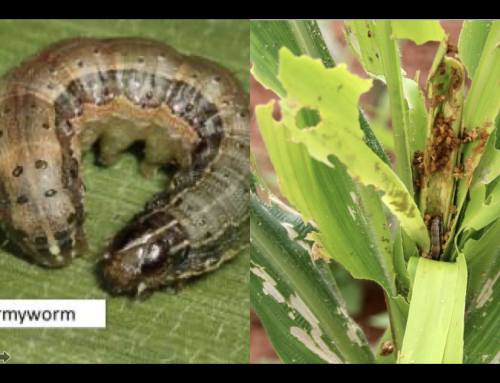

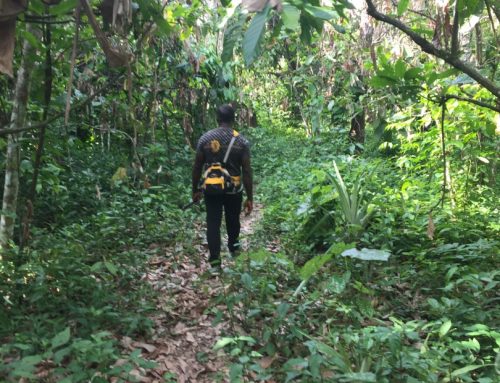
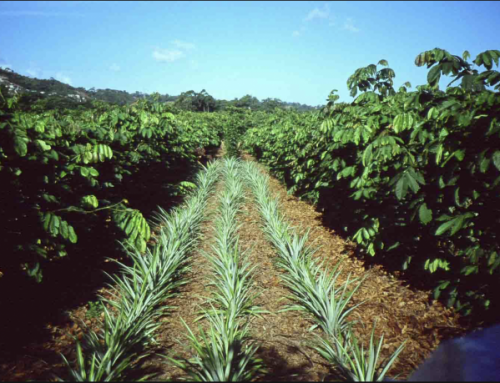
Leave A Comment
You must be logged in to post a comment.